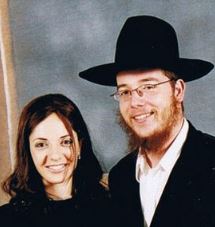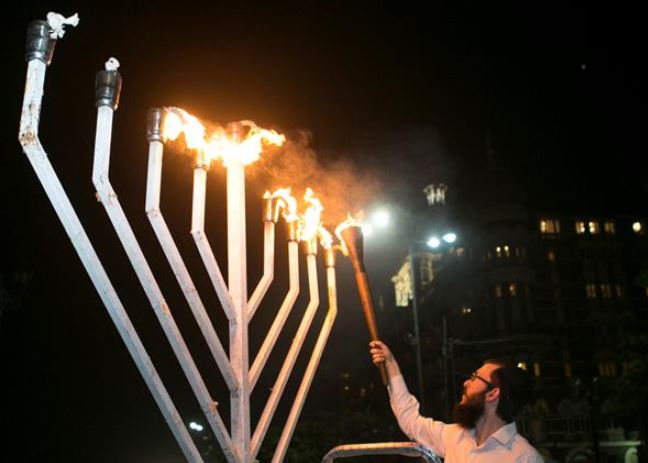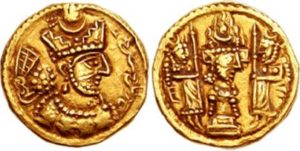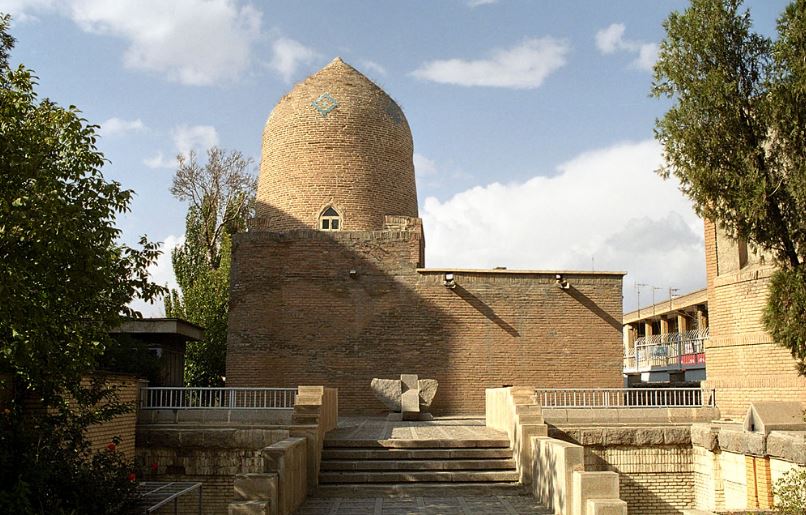In Memory of a Holy Couple

Rabbi Gavriel and Rivka Holtzberg
Gavriel Noach Holtzberg (1979-2008) was born in Kiryat Malachi, Israel to a Chabad family, and grew up in Crown Heights, New York. A young prodigy with a prolific memory, Holtzberg had memorized an entire order of Mishnah word-for-word (a total of 681 passages in 88 chapters). He was a two-time champion in Mishnah competitions, and placed second in an international Talmud competition. He studied to be a rabbi and mohel in New York and Argentina, while doing community service through Chabad in Thailand and China. Holtzberg married Rivka Rosenberg (1980-2008) of Afula, Israel in 2002. A year later, the young couple moved to Mumbai, India to open a Chabad House of their own. Mumbai had a Jewish community numbering several thousand, along with countless Israeli tourists. The Holtzbergs provided vital Jewish services, including kosher food, a mikveh, and a place to pray, with Rabbi Gabi shechting his own chickens, officiating at Jewish weddings, and performing brit milahs. The couple would regularly host thirty or more people for meals every Shabbat. They also oversaw the conversion of a number of Indians to Judaism (including former Jew of the Week Sarah Avraham). The Holtzbergs were so popular that by 2006 they had raised enough money to purchase a six-story building known as the Nariman House. This became known as Mumbai’s “Jewish headquarters”, and in addition to being a synagogue and a Chabad House, also provided aid for the poor and ran a drug addiction clinic. During this time, the Holtzbergs suffered the loss of two of their three children who succumbed to Tay-Sachs disease. Then came the worst of tragedies: exactly ten years ago, on the 26th of November, the Holtzbergs’ Chabad House was attacked by Muslim terrorists who had descended upon multiple key targets in Mumbai. The couple was taken hostage, and were murdered the following morning, along with four of their guests. (A total of 164 people were killed in the Mumbai attacks.) It was later revealed that Rivki was five months pregnant. The Holtzbergs’ two-year old son Moshe was saved by his Indian nanny, Sandra Samuel. Five years ago, a new rabbinical couple was sent to Mumbai to continue the holy work of the Holtzbergs, and the Chabad House has now been rebuilt. The centre continues to grow, and now runs a nursery and Jewish school, too. A second Chabad couple is on its way to help. Among other things, the Chabad House is currently working to construct a rooftop memorial for all 164 victims of the attack. Moshe Holtzberg will have his Bar Mitzvah at the House next year.
Moshe Holtzberg: Ten Years Later
The Mumbai Doctor Who Smashed His Idols and Converted to Judaism
Words of the Week
I vow that we will avenge the deaths of Gabi and Rivki. But not with AK-47s, not with grenades and tanks. We will take revenge in a different way. We will add light. We will add good deeds…
– Rabbi Moshe Kotlarsky

Chabad’s new Mumbai emissary, Rabbi Kozlovsky, lights the city’s Chanukah menorah.

 Ezer Weizman (1924-2005), the nephew of Israel’s first president, Chaim Weizmann, was born in Tel Aviv and raised in Haifa. In his youth, he joined the Haifa Aviation Club and was flying planes by age 16. At 18, in the midst of World War II, he enlisted in the British Royal Air Force and served in Africa and India. After the war, Weizman lived in London and studied aeronautics. It was there that he joined the Zionist paramilitary group, Irgun. Weizman returned to Israel to fight in the Independence War. He was one of Israel’s very first fighter pilots, co-founded its air force, and participated in the first air force mission. He continued working for the army after the war, and in 1958 became the commander of the Israeli Air Force. He modernized the IAF, personally trained its pilots, and transformed it into the powerful and feared juggernaut that it is today. In 1967, Weizman was the IDF’s chief of military operations, and helped persuade the Israeli government to launch a preemptive strike against its aggressors. He directed the surprise attack on Arab air forces on the first day of the Six-Day War, totally destroying their air power and thus securing Israel’s lightning victory. (It has been said that the Six-Day War was won by the Israeli air force in the first six hours!) In 1969, Weizman – now a major general and deputy chief of staff – retired from the military and joined the Gahal political party (the precursor of Likud). He served as a Minister of Transportation and later as Defense Minister. He oversaw the development of Israel’s Lavi fighter jet, and the critical 1978 campaign in Lebanon (Operation Litani). Meanwhile, Weizman also became an important peace negotiator. He spoke Arabic fluently, and grew close to Egyptian president Anwar Sadat, who went so far as to call Weizman his “younger brother”. Not surprisingly, Weizman played a key role in Israel’s 1979 peace treaty with Egypt. He later founded his own party, Yachad, and sat on the Knesset between 1984 and 1992, serving as Minister for Arab Affairs and Minister of Science and Technology. A year after leaving the Knesset, Weizman was elected Israel’s seventh president. By this point, he had built a reputation as a dove, and worked hard to promote peace. He was credited with making the office of president more relevant in Israeli society, and was praised for his warmth and concern for all of Israel’s citizens, including Arabs and Druze. After being reelected to a second term, Weizman resigned as president in 2000, and passed away five years later. He has been voted the 9th greatest Israeli of all time.
Ezer Weizman (1924-2005), the nephew of Israel’s first president, Chaim Weizmann, was born in Tel Aviv and raised in Haifa. In his youth, he joined the Haifa Aviation Club and was flying planes by age 16. At 18, in the midst of World War II, he enlisted in the British Royal Air Force and served in Africa and India. After the war, Weizman lived in London and studied aeronautics. It was there that he joined the Zionist paramilitary group, Irgun. Weizman returned to Israel to fight in the Independence War. He was one of Israel’s very first fighter pilots, co-founded its air force, and participated in the first air force mission. He continued working for the army after the war, and in 1958 became the commander of the Israeli Air Force. He modernized the IAF, personally trained its pilots, and transformed it into the powerful and feared juggernaut that it is today. In 1967, Weizman was the IDF’s chief of military operations, and helped persuade the Israeli government to launch a preemptive strike against its aggressors. He directed the surprise attack on Arab air forces on the first day of the Six-Day War, totally destroying their air power and thus securing Israel’s lightning victory. (It has been said that the Six-Day War was won by the Israeli air force in the first six hours!) In 1969, Weizman – now a major general and deputy chief of staff – retired from the military and joined the Gahal political party (the precursor of Likud). He served as a Minister of Transportation and later as Defense Minister. He oversaw the development of Israel’s Lavi fighter jet, and the critical 1978 campaign in Lebanon (Operation Litani). Meanwhile, Weizman also became an important peace negotiator. He spoke Arabic fluently, and grew close to Egyptian president Anwar Sadat, who went so far as to call Weizman his “younger brother”. Not surprisingly, Weizman played a key role in Israel’s 1979 peace treaty with Egypt. He later founded his own party, Yachad, and sat on the Knesset between 1984 and 1992, serving as Minister for Arab Affairs and Minister of Science and Technology. A year after leaving the Knesset, Weizman was elected Israel’s seventh president. By this point, he had built a reputation as a dove, and worked hard to promote peace. He was credited with making the office of president more relevant in Israeli society, and was praised for his warmth and concern for all of Israel’s citizens, including Arabs and Druze. After being reelected to a second term, Weizman resigned as president in 2000, and passed away five years later. He has been voted the 9th greatest Israeli of all time.
